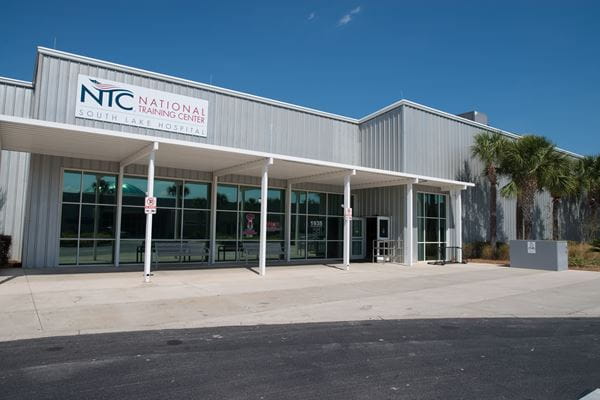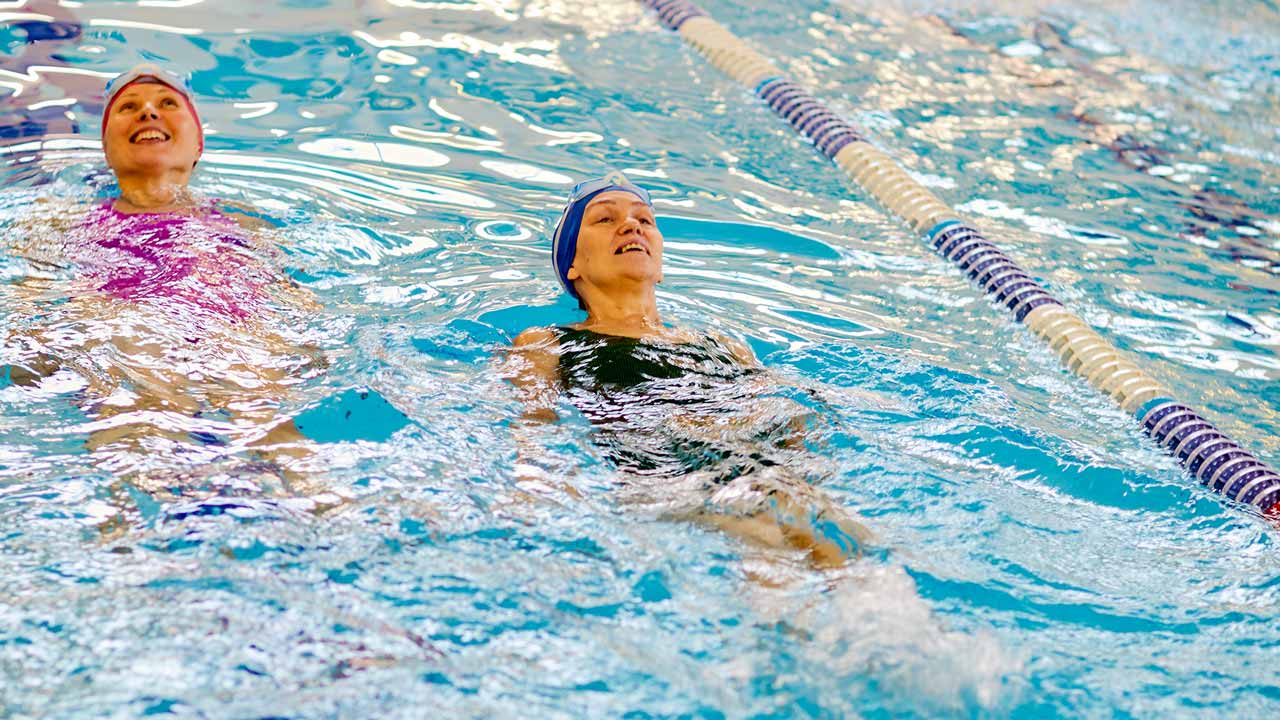After a hard workout, your body may experience some muscle soreness. While aches and pains are a normal part of exercise, you may be wondering whether to let your body recover or to forge ahead through your next workout. The answer varies, depending on how you’re feeling and what level of physical fitness you’re at. Here’s a look at why exercise causes soreness and whether you should still tie on those running shoes when you’re hurting.
How Working Out Causes Soreness
Muscles go through physical stress when we exercise. While this stress provides numerous health benefits and is the key to growing stronger, soreness is the unfortunate outcome of new or enhanced activity. Why? During exercise, the fibers within muscles stretch and experience microscopic tears. This causes soreness, stiffness and overall fatigue. During the healing process, your body builds those muscles up, creating increased strength.
Muscle Pain May Be Delayed
When you start a new exercise regimen or begin working out after a long period of inactivity, you will likely experience delayed onset muscle soreness (DOMS). This refers to when pain appears 24 to 48 hours after engaging in physical activity beyond what your muscles are accustomed to. That soreness may last as much as a week. Fortunately, as your muscles experience less tearing with regular exercise, this muscle soreness should decrease over time.
Exercising When Your Body Is Sore
If you continue your usual exercise regimen even when you’re sore, you’re not giving your muscles enough time to heal. In fact, pushing yourself during a bout of soreness can eventually lead to an overuse injury. Overall, you’re at risk of causing harm to your body by not resting.
For those trying to get in shape or lose weight through exercise, there’s no need to worry. If you’re experiencing muscle soreness, you may need only two or three days of rest. Another option is to alternate your workouts to avoid overusing certain muscle groups. For example, if your upper body is sore, work out your lower body the next time you exercise instead. This will allow you to stay on track and not derail your progress.
Recovering After a Hard Workout
The term “active recovery” refers to continuing to move during a period of rest. It’s a great strategy for those who need time to heal but also want to prevent stiffness and stay healthy. If you’re ultra sore after a hard workout, skip the weights and go for a walk instead. Or, try swimming laps or doing a gentle yoga class. There also are many options for relieving soreness in-between periods of active recovery. Consider taking Epsom salt baths, getting a massage and alternating between ice and heat. Lastly, don’t forget to eat well and get lots of sleep.
Work Out Without Overdoing It
Prevention is key to keeping yourself on a steady exercise regimen. The best way to do this is by listening to your body. With experience, you’ll find the balance between pushing yourself to get stronger and taking a step back. Only you know how hard you can work out before risking an injury.
Learn More About the Orlando Health National Training Center
The Orlando Health National Training Center, on the campus of Orlando Health South Lake Hospital, provides comprehensive wellness programs, events and training services to support our community and athletes in their achievement for health and performance excellence.
Learn more











